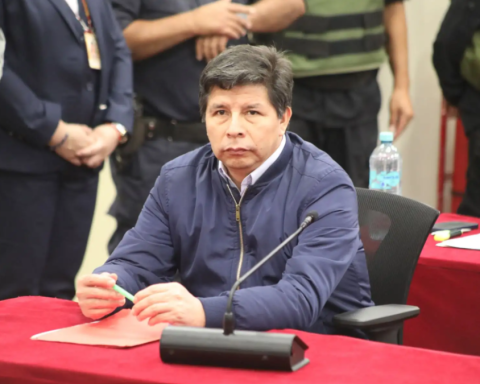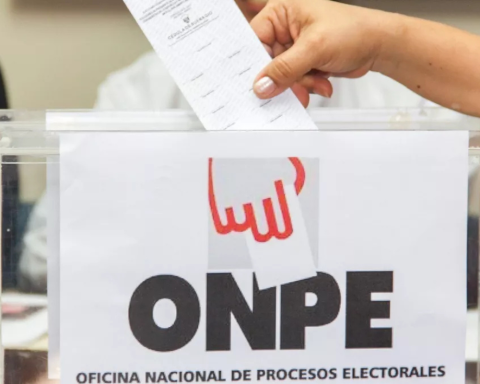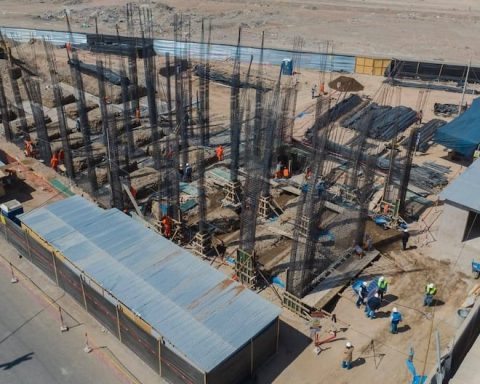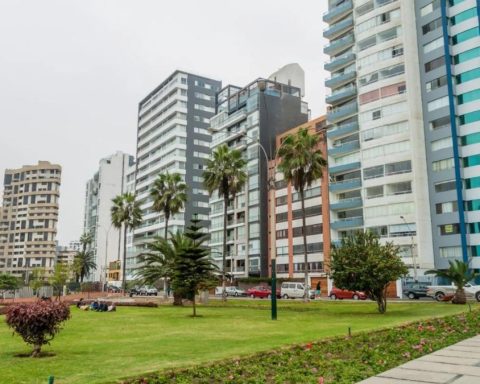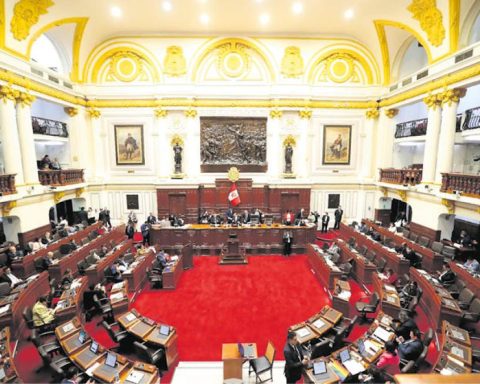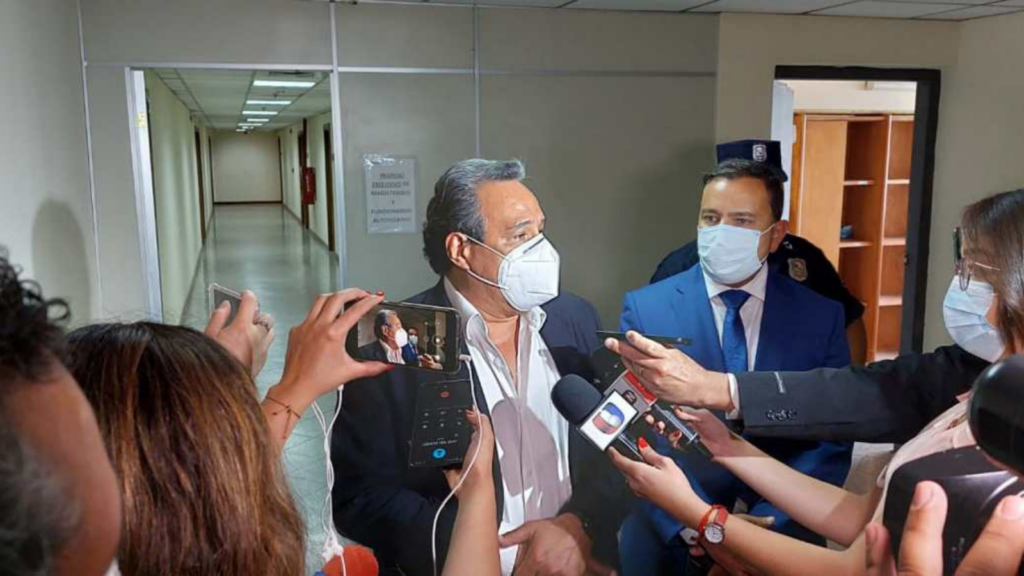Peru has continued its fight against the COVID-19 pandemic for more than two years and to date the figures report the downward trend of the third wave in the country. However, other diseases such as influenza A(H3N2) and dengue are added to this panorama, the cases of which are increasing at the national level.
Currently, these outbreaks of influenza A(H3N2) and dengue in Peru has caused the National Center for Epidemiology, Disease Prevention and Control (CDC), an entity of the Ministry of Health (Minsa), to launch this year two epidemiological alerts for infections of these diseases in various regions of the countryto strengthen the epidemiological surveillance and investigation system and provide preparedness and response measures at the national level.
INFLUENZA A(H3N2)
What is influenza A(H3N2)?
The influenza A(H3N2) is a subtype of influenza A (flu virus), and shares several of its symptoms with the COVID-19in regards to the Omicron variant. In 2014 and 2019, the influenza A(H3N2) had predominance in circulation in Peru.
As reported by the Pan American Health Organization, influenza seems to have been reintroduced from Brazil, the country that has recorded a significant increase in cases in the Americas.
Generally, cases of influenza are increased in areas of low temperatures because a favorable environment is created for their reproduction. However, it is not exclusive to cold areas and, therefore, protection measures must be taken throughout the year.
How is influenza transmitted?
the virus of influenza spreads through droplets produced when coughing, sneezing, laughing, singing or talking. These small droplets can land in the mouths or noses of people who are nearby.
The influenza also shrinks when contaminate their hands by covering their mouth or nose and then touching a surface or object, or another person’s hand
What are the symptoms of infection or contagion?
The symptoms of influenza They usually appear with sudden onset fever, cough and/or sore throat, which may also be accompanied by muscle pain, headache, malaise.
Therefore, it must go to a health facility to be evaluated by a doctor and receive appropriate treatment.
INFLUENZA A(H3N2) IN PERU
On April 26, the Ministry of Health (Minsa) issued the epidemiological alert after register 22 cases of this virus and one deceased in an Army unit in the jurisdiction of South LimaBesides of increase in acute respiratory infections (YOU WILL GO).
However the last May 12 of this yearthe Health sector reported that until the last week 1,594 cases of influenza A (H3N2) and one death from this disease have been reported nationwide.
Which regions report the highest infections of influenza A(H3N2)?
Figures from the Minsa CDC reveal that among the epidemiological week 16 to 18 174 cases of influenza A(H3N2) have been reported. The regions from Lima (57 – 32.8%), Ayacucho (35 – 20.1%) and Piura (22 – 12.6%), they are the ones that come reporting the highest number of cases.
He explained that so far this season of low temperatures, the regions that also present cases of this disease are: La Libertad (12), San Martin (12), Huancavelica (9), Cusco (9), Cajamarca (8), Amazonas (3), Arequipa (2), Junin (2), Callao (1), Ucayali (1 ) and Moquegua (1).
| REGIONS | CASES INFLUENZA |
|---|---|
| Lime | 57 |
| Ayacucho | 35 |
| Piura | 22 |
| Freedom | 12 |
| San Martin | 12 |
| Huancavelica | 9 |
| Cuzco | 9 |
| Cajamarca | 8 |
| Amazon | 3 |
| Arequipa | two |
| Junin | two |
| Callao | one |
| Ucayali | one |
| Moquegua | one |
| TOTAL | 174 |
In addition, he reported that the number of a deceased is maintained due to the influenza A(H3N2) virus in a dependency of the Army of the jurisdiction of South Lima.
The entity attached to the Minsa, indicated that the life course most affected by influenza A(H3N2) disease is the adult with 26.4% of reported cases.
| LIFE COURSE 2022 | CASES |
|---|---|
| Little boy | 158 |
| Teen | 156 |
| Young | 470 |
| Adult | 604 |
| Elderly | 206 |
| TOTAL | 1,594 |
Recommendations to avoid contagion of influenza
- The annual flu vaccination is the first step and the most important to protect against viruses.
- Avoid close contact with people who are sick; If you are sick, limit contact with other people as much as possible to avoid passing the infection on to them.
- Cover your mouth when you cough or sneeze; cover your nose and mouth with a tissue when you cough or sneeze and throw the tissue in the trash after you use it.
- Keep the use of mask in people with respiratory symptoms, in addition, people who care for people with symptoms must wear a mask.
- Wash your hands frequently with soap and water; if there is no soap and water, use gel alcohol.
- Avoid touching your eyes, nose, and mouth; germs are spread this way. And clean and disinfect surfaces and objects that may be contaminated with the viruses that cause the flu.
DENGUE
What is dengue?
The dengue it is a disease caused by the dengue virus (microorganism); transmitted by the aedes mosquitowhich grows in any container that contains accumulated water, in objects in disuse both inside or outside the house.
How is the mosquito identified?
- The dengue mosquito known as Aedes, is black with white spots or rings on the back and on the
- This mosquito measures approximately 5 mm, and bites during the day in the shade or in areas protected from direct sunlight.
- The eggs are laid on the walls of the containers with water; there they transform into larvae, then into pupae and finally into mosquitoes. In general, the egg takes between 8 to 10 days to become a mosquito.
How is dengue transmited?
- The mosquito acquires the virus by biting an infected person (who has the dengue).
- Dengue viruses are transmitted to humans through the bite of an infected female Aedes mosquito.
- The virus circulates in the blood of the infected person for 2 to 7 days, the mosquito acquires the virus when it bites a person during this period.
:quality(75)/cloudfront-us-east-1.images.arcpublishing.com/elcomercio/O323KG6BDVHWDFIXLZLFKSEP44.jpg)
What are the symptoms?
Initial symptoms of a person sick with dengue:
- High fever (38 – 39º).
- Muscle pain.
- Skin rash (rash).
- Headache
Signs of a person sick with dengue (The dengue patient may also present one or more of the following signs).
- Severe and continuous stomach pain.
- Severe and constant chest pain.
- vomiting.
- Sudden drop in temperature.
- You are sleepy, restless, irritable, or have a seizure.
- Decreased volume (amount) of urine.

Is dengue treated?
- There is no specific medicine to treat the infection of the dengue.
- The use of analgesics (for example aspirin) or anti-inflammatories or steroids (for example ibuprofen) is not recommended.
- It is important to hydrate the dengue patient.
- Do not self-medicate to cure or prevent dengue.

What to do if a person shows symptoms of dengue?
If a person in the family and/or neighbor presents the symptoms of dengue, you should go immediately to the nearest Health Center to receive medical attention.
How to prevent dengue?
- The cylinders, barrels, buckets and drums where water is stored must be kept hermetically sealed.
- The containers where water is stored should be washed with water and brushed with a brush.
- Frequently change the drinking water of animals.
- Objects that can collect rainwater should be emptied, discarded or placed upside down.
- Pour boiling water in hard-to-reach places, with the presence of eggs.
- Keep the roofs and gutters of the houses clean to avoid the stagnation of water.
- Dispose of all the garbage that is around the house.
- Support in the control activities against the dengue vector carried out by health personnel in their home.
- Do not throw the larvicide from the containers with water that the health personnel place.
- Replace the water in vases, vases and containers in which plants and flowers are placed with moist sand or earth.
DENGUE IN PERU
On April 6 of this year, the Minsa launched the epidemiological alert due to a sustained increase in dengue cases with a high lethality that has already exceeded the highest peaks of notifications registered in the last four years.
Which regions report the highest dengue infections?
According to data from the CDC Peru of the daily situational room, until May 11, 202239,608 cases of dengue have been reported in the country, 27,303 were confirmed and 53 deaths from dengue were reported.
| NUMBER OF DENGUE CASES | COURT UNTIL MAY 11 |
|---|---|
| Piura | 10,198 |
| loretto | 4,346 |
| Ica | 3,967 |
| Ucayali | 2,405 |
| Cuzco | 2,239 |
| Cajamarca | 2,239 |
| Lambayeque | 2,203 |
| San Martin | 2,202 |
| Mother of God | 2,023 |
| Ancash | 1,767 |
| Junin | 1,547 |
| Tumbes | 989 |
| Huanuco | 925 |
| Amazon | 921 |
| Lime | 746 |
| Ayacucho | 375 |
| pasco | 341 |
| Freedom | 164 |
| Fist | 9 |
| Callao | one |
| Arequipa | one |
| Moquegua | 0 |
| Huancavelica | 0 |
| Tacna | 0 |
| Arequipa | 0 |
| TOTAL | 39,608 |
23.34% of the dengue cases were reported in 18-29 year old group and 36.87% in the 30-59 year old group. Cumulative incidence rates were high in the age groups from 12 to 17 years and from 18 to 29 years.
According to gender, some 18,229 cases of dengue were registered in men and 21,379 were reported in women.
| AGE GROUP | CASES |
|---|---|
| Children (0 – 11 years) | 6,841 |
| Teenagers (12 – 17 years old) | 5,616 |
| Young (18 – 29 years old) | 9,244 |
| Adult (30 – 59 years) | 14,603 |
| Older adult (60 + years) | 3,304 |
| TOTAL | 3.9608 |
:quality(75)/cloudfront-us-east-1.images.arcpublishing.com/elcomercio/ZOKHC4KTYVDZRNYJQ7DDI7BYEQ.jpg)
RECOMMENDED VIDEO
:quality(75)/cdn.jwplayer.com/v2/media/XuLoOQ1L/poster.jpg)


